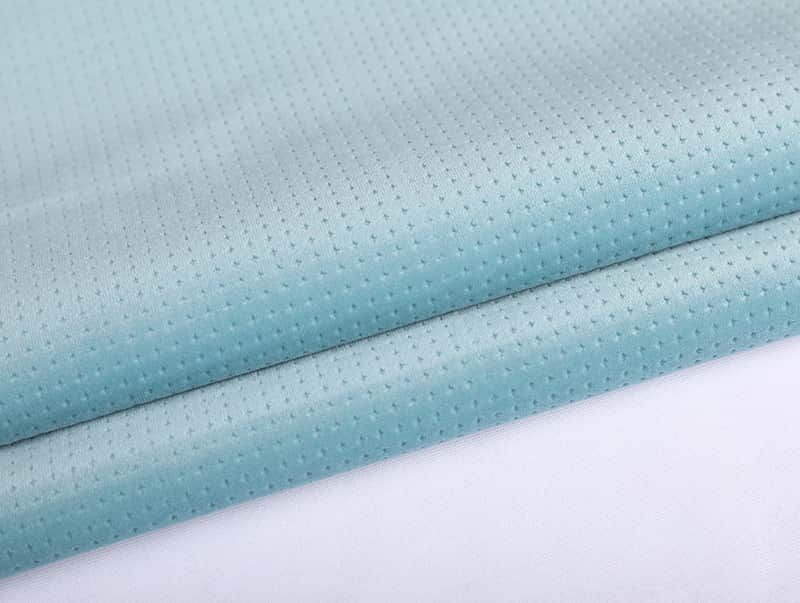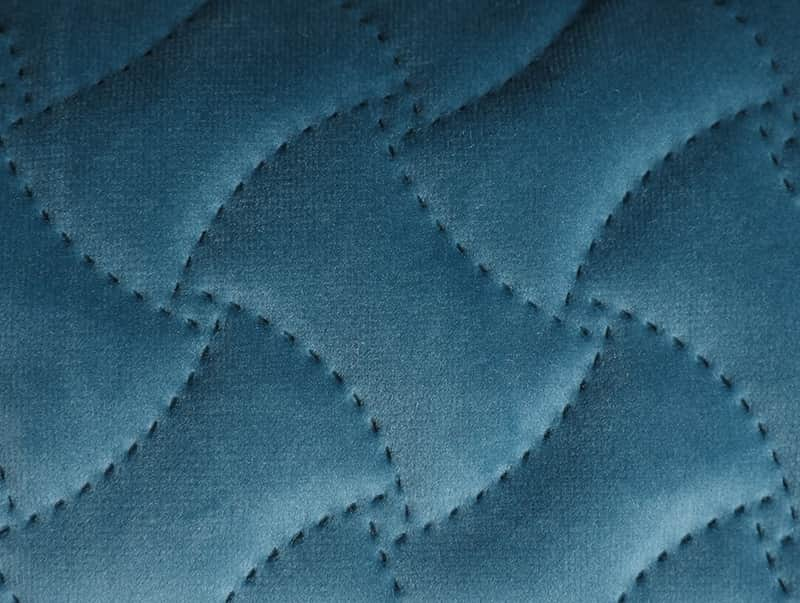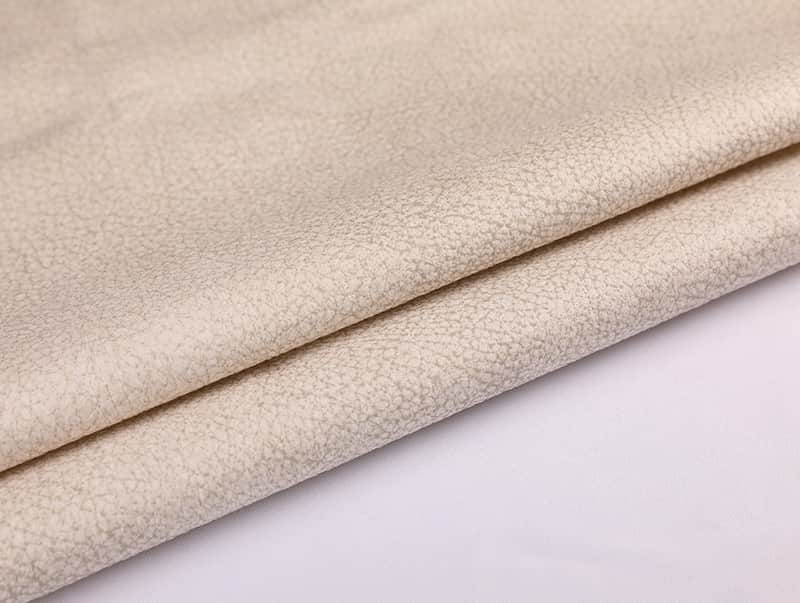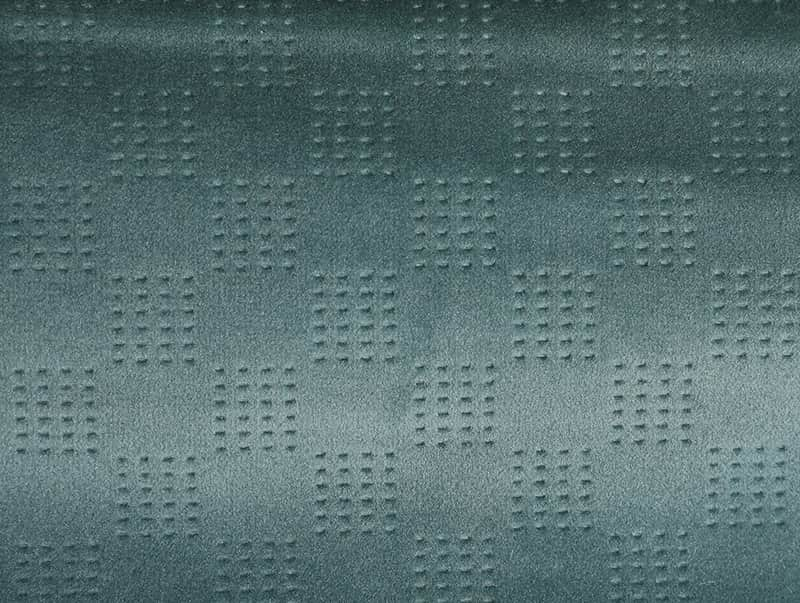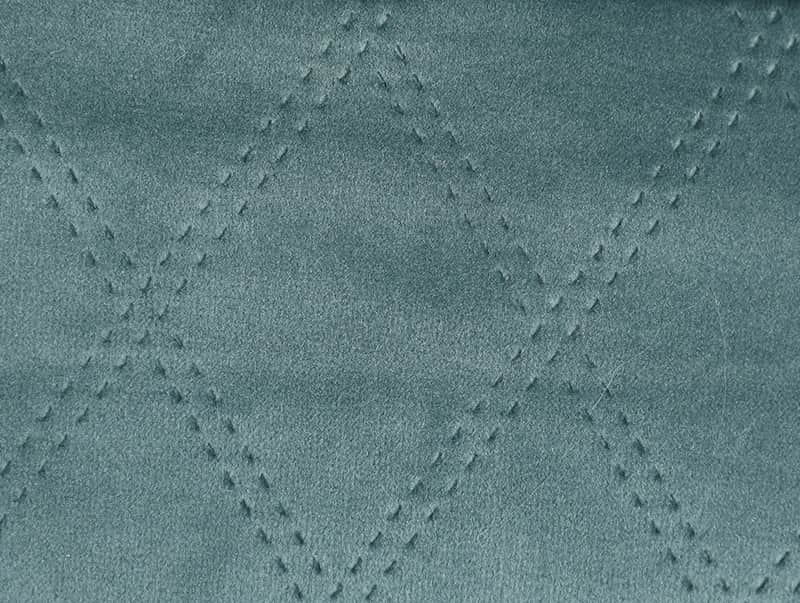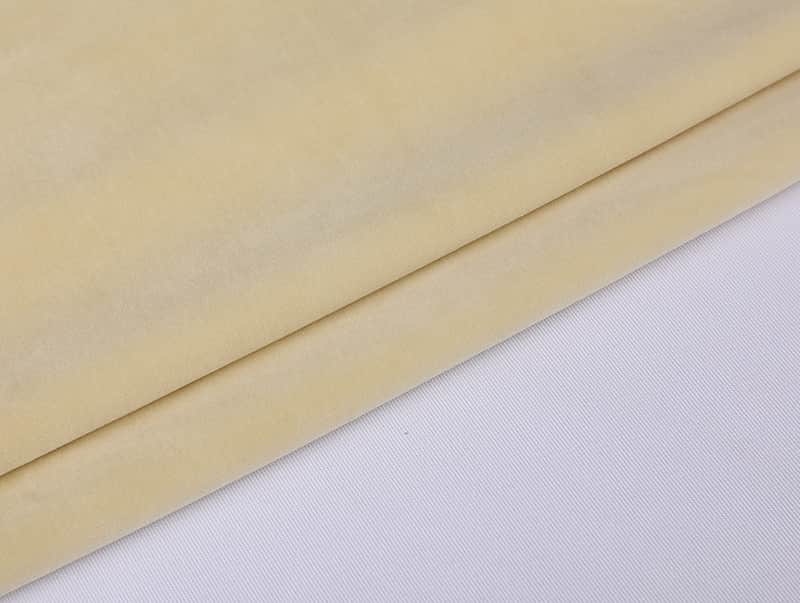Textiles used for garments include cotton, flax, hemp, bamboo, and pineapple. Linen, one of the oldest materials used by humankind, is made from the strands of the flax plant. The strands are spun into yarn and blended with other fabrics to create a durable yet lightweight garment. Linen has a beautiful texture and makes a stylish option for both warm and lightweight clothing. It can be used for jackets, dresses, and accessories.
Fashion trends can affect the design of garments. For example, a polo shirt or a sport jacket can be marketed as casual or active, and vice versa. For the comfortable fit, the garment should conform to the shape of the body and be synchronized with the wearer's movements. This can be achieved by choosing a fit design that doesn't hinder mobility or cause heat exhaustion. A stylish garment will encourage wearers to use the garment, and should comply with health and safety regulations.
Using the fabric for upholstering a garment requires fabric. In addition to upholstery, garments can be created with a woven or knitted fabric. The fabric weight, which is measured in grams per square meter, will determine whether the garment is light, medium, or heavy-weight. Weight will also vary depending on the treatment the fabric undergoes. Dyeing and printing will increase or decrease the weight. Using this type of fabric is very practical, but can also be beautiful.
